Now, outside in that country air, 930 wooden poles represent the descendants of victims in the Paine massacre. Within this forest, 70 huge mosaics commemorate each individual who was lost. They in particular are heart wrenching- each made by what was left of their family- trying to keep a part of their loved ones with them always (for most bodies in Paine were never found- or never returned). Together the poles and mosaics create a mountainous skyline, with ominous shadows posing the question- how could the lives of the people today have been changed if this massacre hadn’t occurred?
As our large group discussed Paine- we got to hear from women who lost their husbands, boys who lost their fathers. There is nothing like hearing the story of families torn apart, so unnecessarily- and so recently (only 40 years had actually passed!). We were encouraged to walk around the space- through the poles and study the colorful, creative, and unique mosaics. We could see how entire families were destroyed- for family names were repeated showing brother, son, nephew, grandfather. All dead. All gone. We all were to find a mosaic that spoke to us, then share it to the rest of the group. In this way we got to understand them more, bringing to life the faceless 70 who were gone- the watermelon farmer, the messenger who adored his wife, the guitar player, the father who loved soccer- the list went on and on.
At the end of our visit we met with the directors of the memorial and they emphasized to us their goal of having recovery and progress for the future generations of Paine. They told us the importance of reconciliation between the government and the silenced. But also allowing a space where the Paine people can continue to celebrate their unity- and maintain awareness of the atrocities that occurred there. This sense of community that still exists was amazing. They showed to us girl ambassadors how learning about human rights violations if important, but how life changing if can be to have yourself be heard, to know that there are people who care about the past. We were a beacon of light to those citizens of Paine- we exemplified how not all of the new generation is lost. There are some of us who want to positively effect the future.
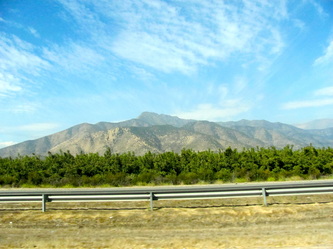
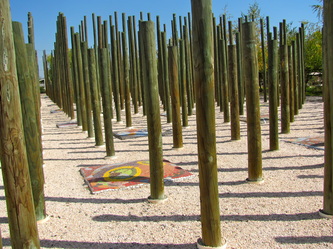
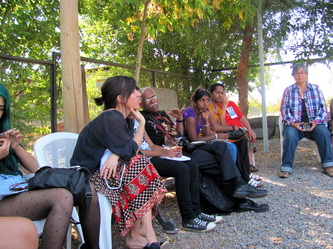
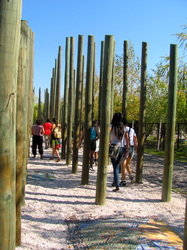
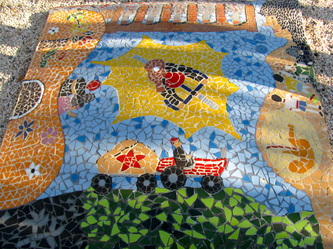

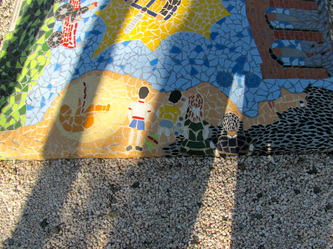

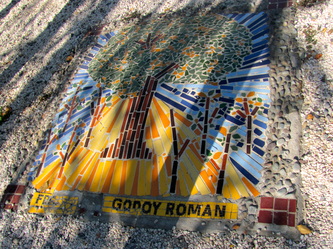
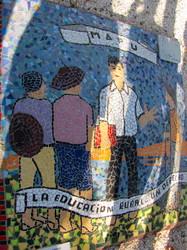

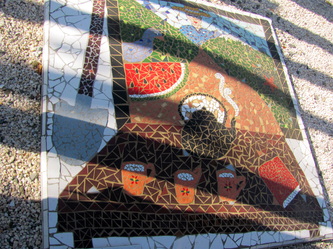


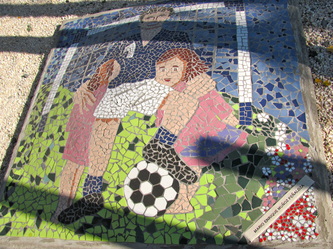
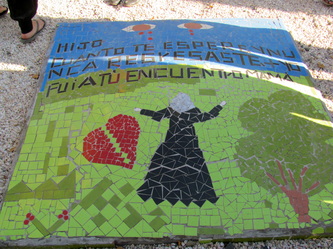
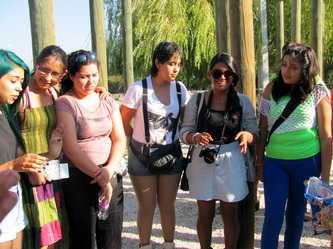
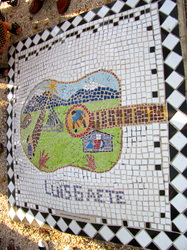
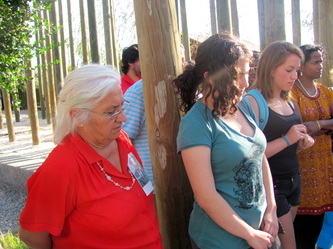

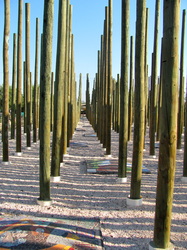
 RSS Feed
RSS Feed